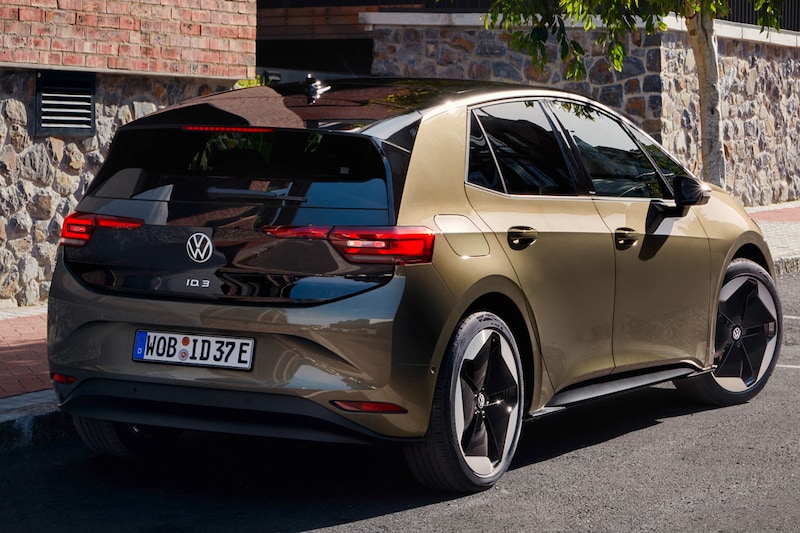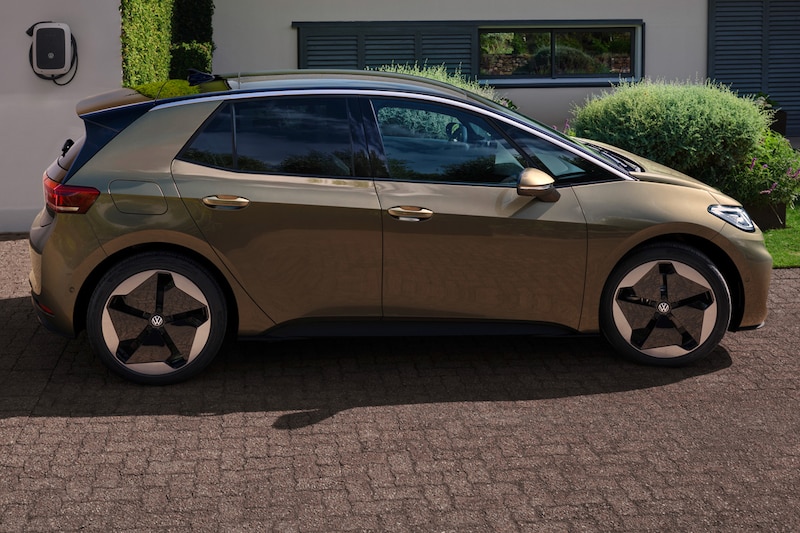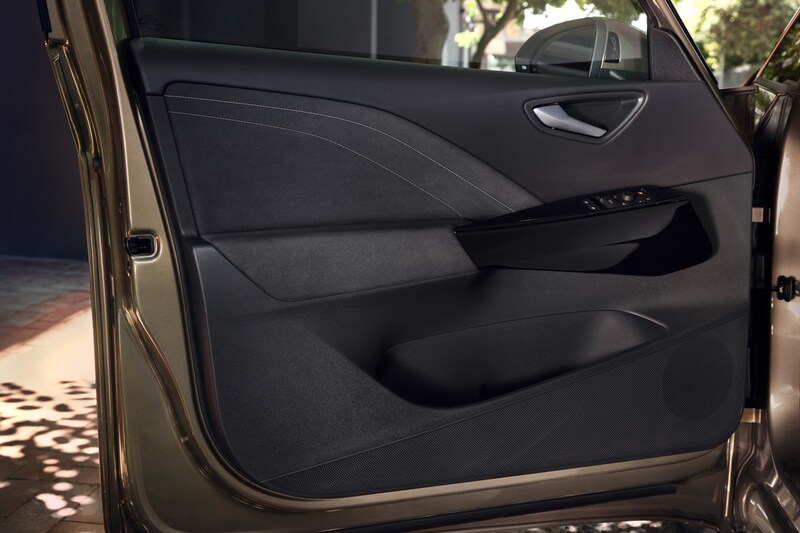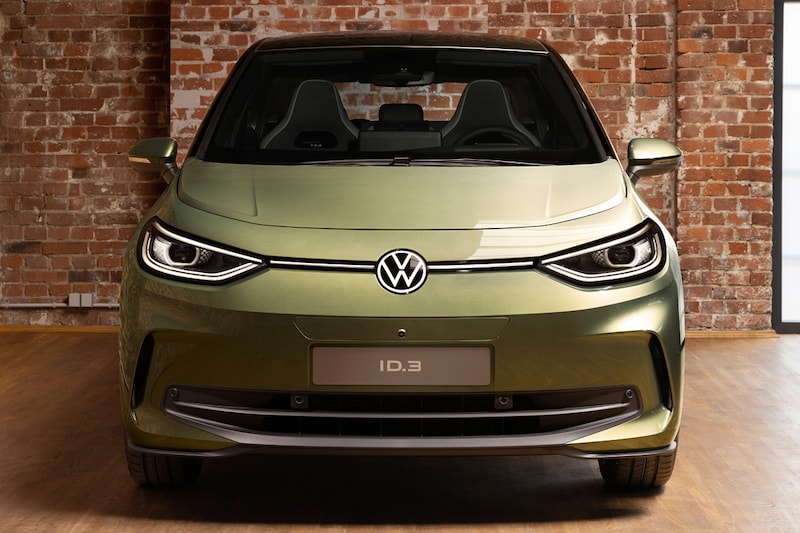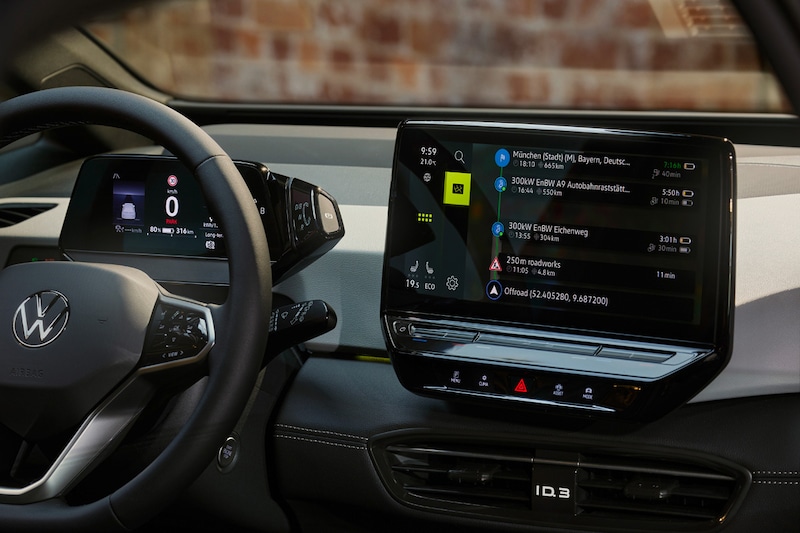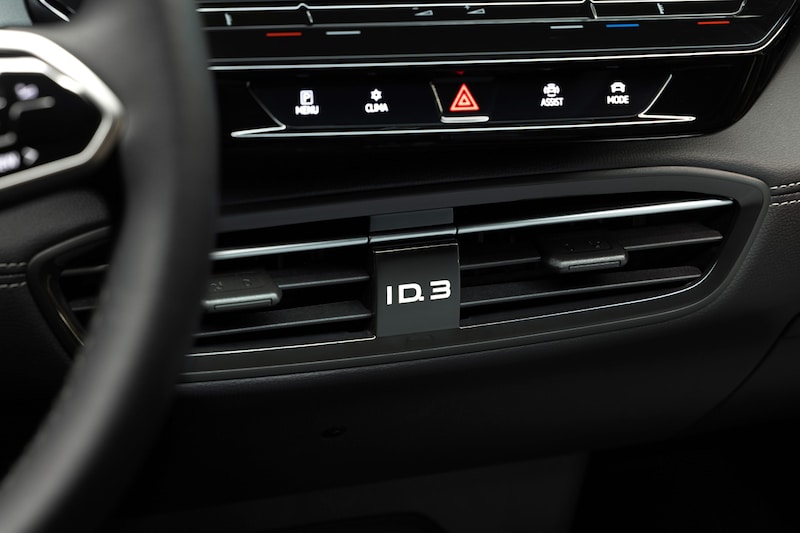Nicer materials and a fresh face
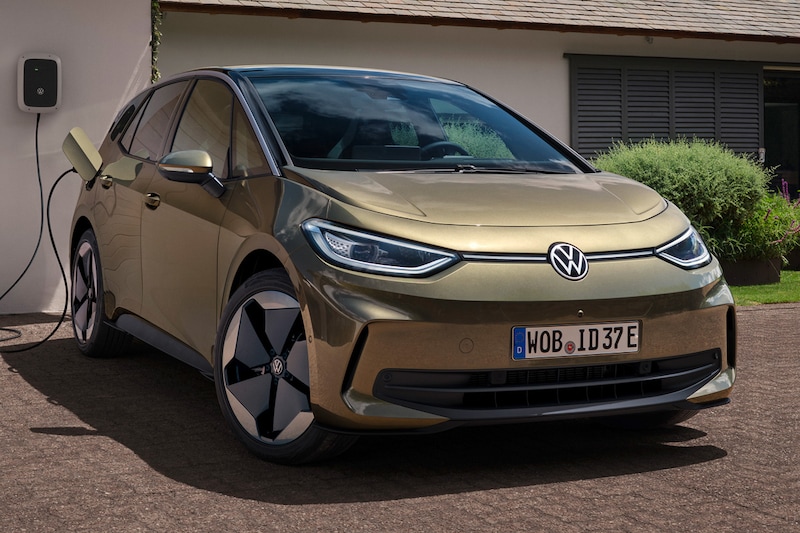

The Volkswagen ID3 has been renewed. The facelifted ID3 brings little news in terms of appearance, but it has been tackled quite firmly on a number of important points.
We have known the Volkswagen ID3 since 2019 as the pioneer of Volkswagen’s ID model range and the first car on the electric MEB platform that is also used by Skoda and Audi. An important car, therefore, but also a car that does not get its hands together in all areas. Although it drives fine and has a very usable range, there was still a lot to be gained when it comes to ease of use and interior.
We emphasize this so specifically, because Volkswagen itself does that too. In the past period, the brand regularly announced that it takes complaints seriously. The press release about the renewed ID3 also makes it clear that according to Volkswagen, customer feedback is at the basis of the innovations. So what do those innovations entail? The simplest exterior identifier is without a doubt the modified front bumper, which with its new ‘air curtains’ on both sides looks more voluptuous than before. The front cover is also different. The black bar under the windscreen has disappeared and makes way for a valve that is a bit higher as a whole. The cover also has clear, sharp folds on both sides. The silver-colored frame above the side window is now standard, the type plate behind the front wheel is no longer valid. At the rear it remains with one small, but still fun detail: the piece of lighting that is in the tailgate itself now actually burns. That was never the case before. With simpler ID3s, so with the standard exterior lighting, this is also the case after the facelift. The refresh round brings three new paint colors: black, a bright blue and the olive green that dominates in the photos.

Above the ‘old’, below the new situation. Note the door panels, but also the screen and the ventilation grilles.

However, the most important news is not on the outside, but on the inside. To start with, every Volkswagen ID3 will have a touchscreen that is 2 inches larger than before at 12 inches. The technology itself is also being tinkered with. There is a sharpened route planner with charging stops, a more extensive head-up display and a better voice assistant. Perhaps even more important are the more tangible changes. The materials used have been improved where that counts, which is actually visible thanks to stitching and a slightly different design. On the door panels we find a much larger upholstered part. The last bit of leather, namely that on the steering wheel, has disappeared. Instead, Volkswagen now also uses a synthetic and therefore animal-friendly alternative here. The buttons on the steering wheel are still of the ‘haptic’ kind, while we previously understood that physical buttons would be chosen again. The ‘slider’ under the screen is also still not illuminated, which means that at least one annoyance has not yet come to an end. As far as the latter is concerned, Volkswagen has good news: later, probably in 2024, there will be another new screen and this part will also be addressed.
For the subcutaneous, the facelift of the Volkswagen ID3 brings little news. There is still a battery pack with a net capacity of 58 kWh, good for a theoretical range of up to 426 km. The Pro S version with 77 kWh returns and delivers a WLTP range of 546 km. Both variants have one 204 hp electric motor. The Pro S can fast charge with a maximum of 170 kW, compared to 135 kW in the ‘old’ model. The regular Pro – with 58 kWh – sticks to 120 kW. The range will be expanded in the future with a fast GTX and a new basic version, with a smaller battery pack and of course a lower starting price. The Pro and Pro S should be delivered at the beginning of the summer. Anyone who has recently ordered an ID3 will even receive the new model, according to Volkswagen.
.
– Thanks for information from Autoweek.nl
